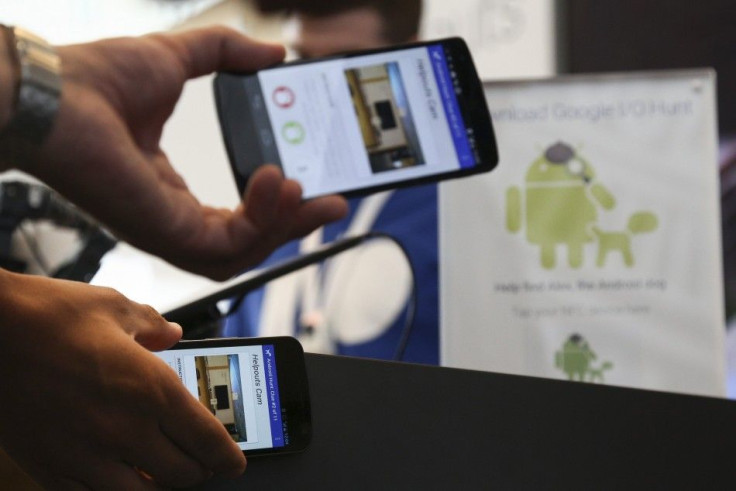Moto G (Gen 2) vs. Xiaomi Redmi 1S—Specifications, Features And Price Showdown

Both Xiaomi Redmi 1S and Motorola Moto G (next-generation) have recently been released. Readers who are interested in the budget-friendly Moto G (Gen 2) or the Xiaomi Redmi 1S should check out this comparison.
Display, Exterior And Size
The next-gen Moto G features a 5.0-inch display bundled with a screen resolution of 720 x 1,280 pixels. The Xiaomi Redmi 1S, meanwhile, features a relatively smaller 4.7-inch display with the same resolution as the Motorola device. The pixel densities of the Moto G and the Redmi 1S handsets stand at 294 ppi and 312 ppi, respectively.
As far as exterior goes, the Xiaomi Redmi 1S smartphone houses a slightly glossy plastic back panel. Nevertheless, the plastic shell on the rear and the glass display in the front are susceptible to fingerprint and smudge. Furthermore, Tech2 opines the plastic material on the Redmi 1S handset is better looking than other inexpensive smartphones in the market. The next-gen Moto G, on the other hand, has not gone through any aggressive change in look, other than the obvious size difference. The same plastic build material is maintained with the same alterable rear shell option. However, the construction quality is relatively improved when compared to its predecessor, says Phone Arena.
Speaking of size, the thickness and the weight of the Moto G are 0.43-inch and 149 g, respectively. Meanwhile, the Redmi 1S is 0.39-inch thick and weighs 158 g.
Hardware, Software And Memory
Interestingly, both handsets are powered by the same quad-core (Qualcomm Snapdragon 400) Cortex-A7 processor and 1 GB of RAM. However, the processors of Motorola and Xiaomi devices are clocked at 1.2 GHz and 1.6 GHz, respectively. Also, the Moto G runs on Android OS v4.4.4 KitKat (upgradable to Android L), whereas the Xiaomi Redmi 1S runs on Android OS v4.3 Jelly Bean along with MIUI v5.
When it comes to memory, the Xioami handset comes equipped with 8 GB of internal storage, whereas the Moto G comes with a choice of 8 GB or 16 GB. Moreover, both phones support microSD card for expansion up to 32 GB.
Camera And Battery
Both phones come with the same 8 MP primary camera unit with LED flash. In addition, the Xiaomi Redmi 1S features 1.6 MP secondary unit, while the Moto G sports a 2 MP front-facing shooter. Furthermore, the Xiaomi device features a Li-Ion 2,000 mAh battery, while the Moto G comes with a Li-Ion 2,070 mAh battery unit.
Misc
1. Both phones come equipped with Bluetooth, Wi-Fi and microUSB support. There is no word on the LTE support at this point.
2. The Xiaomi handset supports dual-SIM, whereas the Motorola device doesn't.
3. While the Motorola handset houses micro-SIM, the Xiaomi handset supports mini-SIM.
4. Both phones come with alterable rear panels.
Price
The Xiaomi Redmi 1S (8 GB) is priced at INR 5,999 in India that roughly translates to as low as AU$106. The Moto G (Gen 2) 16 GB variant, on the other hand, is priced at U.S.$180 that roughly translates to AU$198.
Also Read
1. Samsung Galaxy S5 v. Apple iPhone 6—Specifications, Features, Release Date And Price Comparison - [Read]
2. Apple iPhone 6 vs. iPhone 6 Plus vs. iPhone 5S—Specifications, Features, Release Date And Price Comparison - [Read]
3. Sony Xperia Z3 vs. OnePlus One—Specifications, Features And Price Comparison - [Read]






